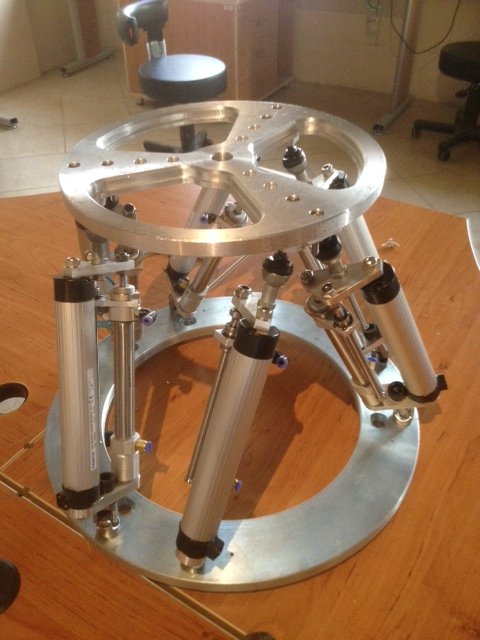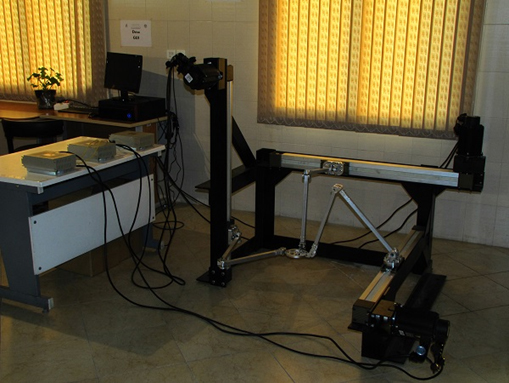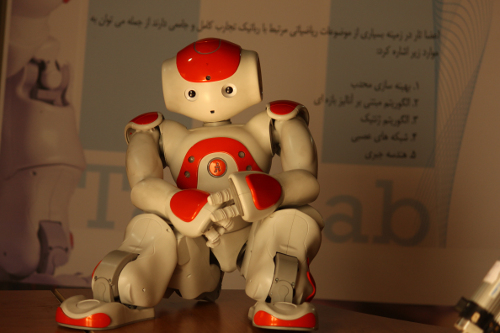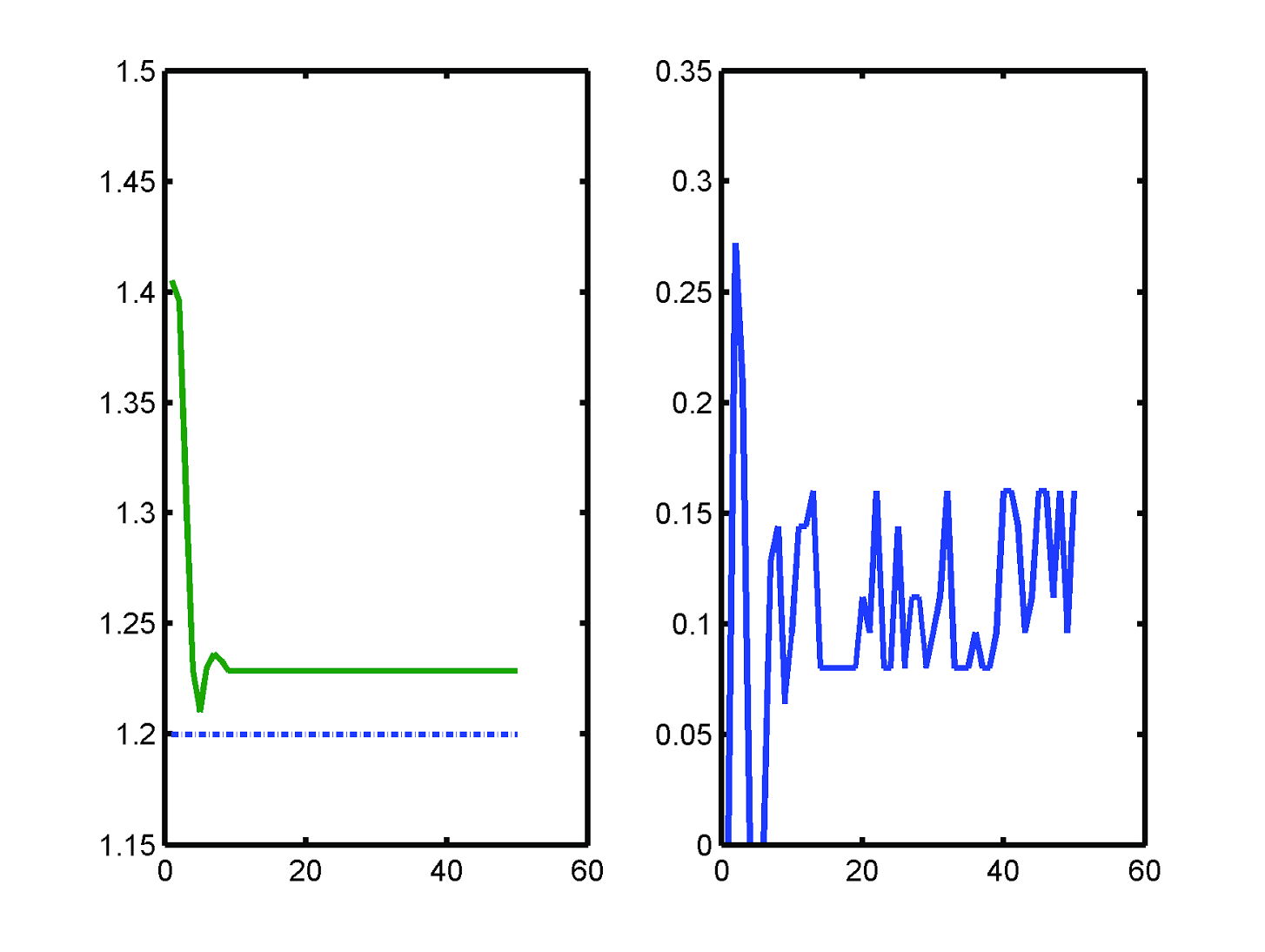| People Involved | |
| Jalal Haji Pour Machiani, Mojtaba Yazdani, Foad Sanie |
|
|
|

|
| People Involved | |
| Mohsen Heydarzadeh, Mohammad Sharifzadeh, Jalal Haji Pour Machiani |
|
|
Kinematic identification of Tripteron robot is one of the purposes of this thesis. Then precise position control could be achieved using identified kinematic parameters of Tripteron robot. For determining the position of end-effector, a special 3-D camera (named Kinect) will be used and image processing algorithms will be applied. In addition, the camera will be used for position control and obstacle avoidance. Finally, the robot should be able to accurately pursue any desired trajectory. |
 |
| People Involved | |
| Mohammad Sharifzadeh, Mohsen Heydarzadeh, Jalal Haji Pour Machiani |
|
|
|
 |
| People Involved | |
| Payam Ghassemi |
|
|
|
  |
| People Involved | |
| Amir Salimi, Jalal Haji Pour Machiani |
|
|
|
 |
